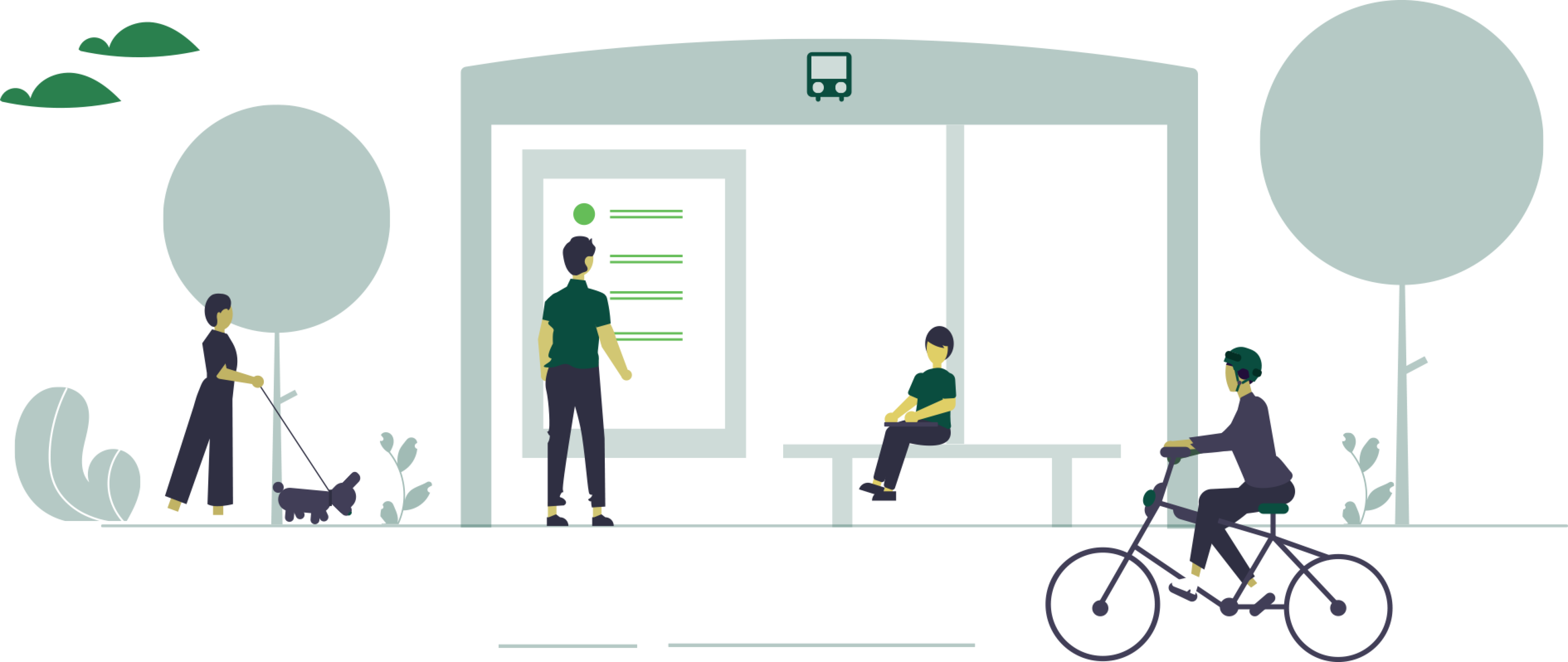Please note that the information within these pages relates to the 2023 public engagement. Further updates regarding the next stages of consultation will follow later in 2025.
Thousands of cars, vans and lorries use the A4 between Bath and Bristol every day. As the main route between the cities, it often gets clogged up with traffic. Short lengths of bus lanes already exist. It just isn’t feasible to create bus and cycle lanes along the whole length of the A4 as the roads aren’t wide enough and there’s not enough space.
However in Brislington it might be possible to do something different. One big choice that could be made is to transform the current Bath Road in Brislington and Totterdown into a green route for buses, walking, cycling and some local traffic.
This could fundamentally change the character of Brislington village – which is currently cut in two by the noisy, busy A4 and is not easy to cross safely. At the moment, a vehicle passes though Brislington village every 3 seconds from 7am in the morning until 6pm at night.
Other traffic could be moved onto a new route along a disused railway track.
These green route proposals could form part of the West of England’s move towards net zero and our ambition to be the bee and pollinator capital of the U.K.
All the way from Bath to Bristol, this project could deliver:

More than nine miles of new and improved cycle lanes

At least six miles of new bus lanes

Thousands of bee-friendly plants
The proposals could allow more space to be reclaimed for the community and make Brislington a more pleasant place to live, work and travel through.
On the rest of the A4 between Bath and Bristol, new bus lanes and changes and improvements to junctions would make buses quicker and more punctual. Changes to the way the people use the Keynsham bypass could help to reconnect the two halves of the town. And there would also be miles of new and improved cycling and walking routes.
If all these changes went ahead, buses would be separated from the main volume of traffic or travel along a virtually continuous bus lane – almost five miles - all the way between Totterdown and Saltford.
Cyclists would have a completely new way of getting between Bath and Bristol. Almost half of it would be on new segregated cycle paths and would slash four miles off the current route.
By investing in better infrastructure, an improved network where more people use buses could be created. One where more people walk and cycle. Over time, traffic would lessen. It would be less noisy. Air quality would improve.
It’s not just about getting from A to B – our communities could be greener and healthier. If you could look 25 years into the future, trees and shrubs could line our roads.
This won’t happen overnight. And of course – nothing comes without a price. There is a downside. We can’t sugarcoat it. These proposals wouldn’t be good for everyone. Some traffic would be displaced elsewhere. Parking spaces would be reduced.
There are trade offs and compromises - and no easy choices to make.
Nothing is set in stone - that’s why we’ve consulted you.
Story so far
Before any proposals were developed, between July and Sept 2021 people who live and travel along the A4 were asked what they thought about local transport issues and what improvements could be made. Just over 1700 people told us:
- Most journeys are made by car
- Traffic flow, air quality, noise, cycle paths and safety all rated currently as poor
- > 70 % would cycle more often if there were separate cycle lanes
- > 60% would use buses often if they were more reliable
- > 50% would walk along the A4 if the air was cleaner and less polluted
Using this feedback to identify what improvements were needed, more than 100 different options were reviewed leading to the current proposals.
